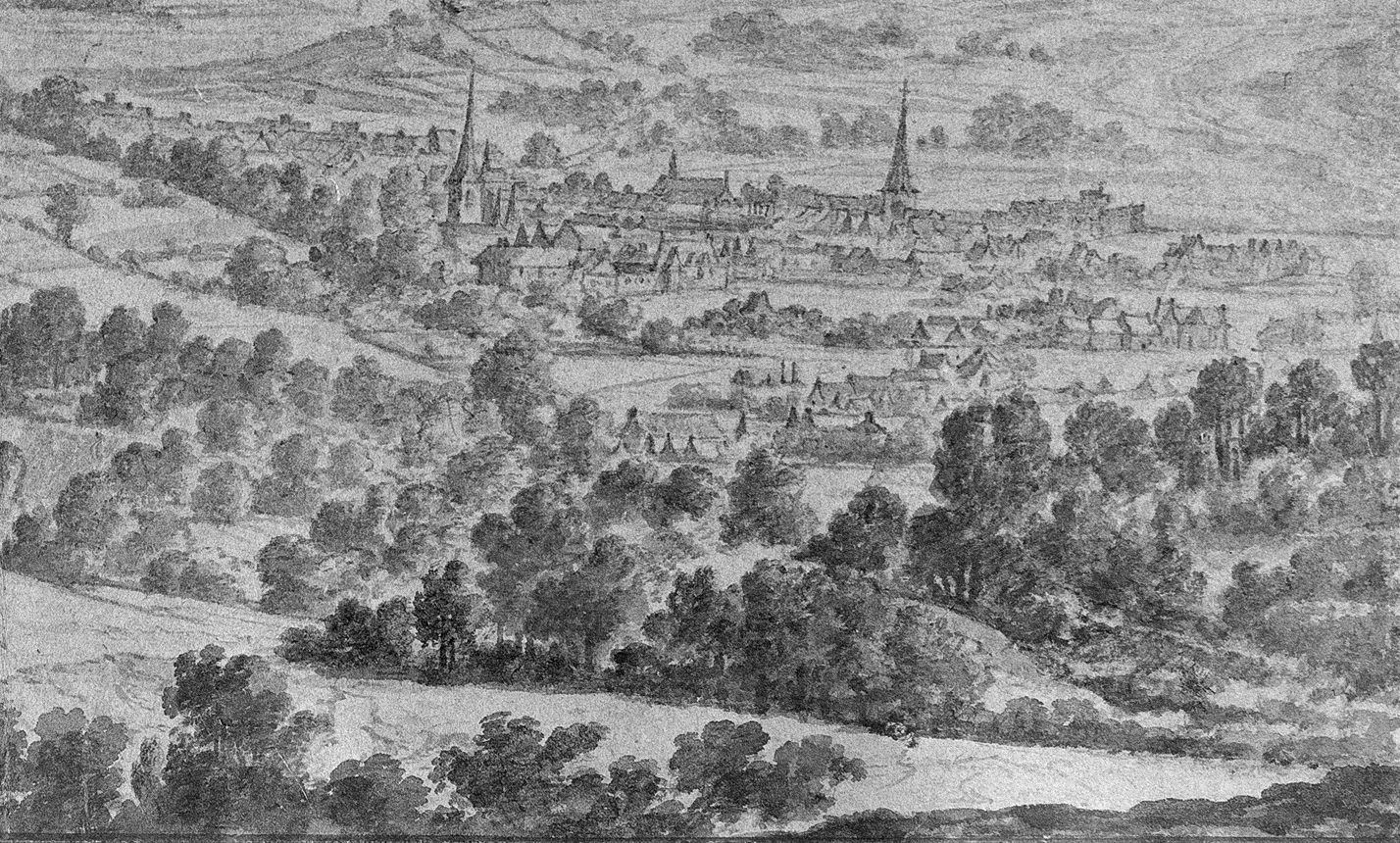Is the custom of May Night on the verge of extinction? I don’t think so. May Night is the best example of how every custom is constantly changing – sometimes more, sometimes less. We know that the May Night is probably the only typical East Belgian custom. It possibly overlapped older acts on this day, which generally allowed pranks and jokes. In 1868, the Malmedy local poet Florent Lebierre wrote this poem as a ‘role’ for the carnival, which was set to music by Olivier Lebierre in 1898 and translated by Baroness von Heydt in 1900. Probably before the First World War, the Song of the May Night was sung in front of the houses of young girls in Malmedy, Wallonia. There is evidence that it was first performed in 1921 by the Amel music society in what is now the Belgian Eifel. After Amel, other associations in other villages followed suit. The first groups of young musicians also went to the houses of young girls and played the tune.
While at first the young men only received a bottle of schnapps as a reward for their efforts, between 1945 and 1965 – depending on the village – they were gradually allowed into the houses. Beer began to replace the stronger spirits. In the 1970s, the custom became more regional. Favoured by mobility, the bachelors increasingly visited girls in neighbouring villages, later in the entire region. That was the end of May Night as a village custom by a fixed group of bachelors.
Until the 1980s, it was considered an honour for the girls to be ‘sung the May Night’, as the people of the Eifel used to say. Increasingly, sandwiches and other snacks were offered. From the 1990s, when alcohol checks were tightened following several fatal road accidents on Mayx Night, bachelors replaced cars with minibuses, increasing the number of possible visitors to the houses. Since the 1980s, there have been isolated cases of vandalism in private houses, but the response has been strong. On the other hand, students in Louvain-la-Neuve, for example, celebrated an alternative May Night as early as the 1980s. In the wake of emancipation, female students sang May Night to their male counterparts.
Today, young people are less and less at home locally (in the village) or regionally. New communities are emerging through social media in an increasingly virtual world. Communication and party culture are changing rapidly. It is likely that young East Belgians will have to continue to adapt May Night so that it can find a new place in young people’s lives – as it always has done.
Carlo Lejeune

